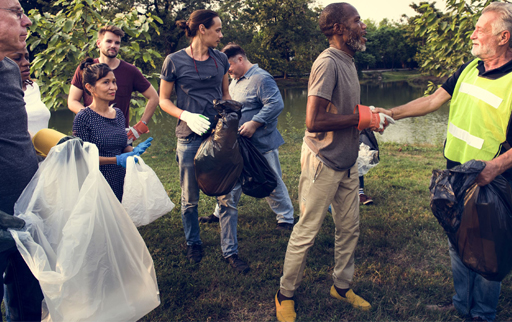2 Why focus on organisational boundaries?
Working across boundaries is a common feature of voluntary sector life, often in an endeavour to address some of society’s most complex challenges – taking care of vulnerable children, providing support for older people, tackling environmental issues and promoting healthy lifestyles. These are the issues that Grint refers to as ‘wicked’ (Grint, 2005). They are also described in the academic literature as ‘relentless’ (Weber and Khademian, 2008). They are too complex for any organisation to address alone. Indeed, they are ultimately problems which persist, are unresolvable and tend to change their form over time. They therefore require the continued attention, resources, expertise and energies of multiple organisations from different sectors over an extended period of time. This is one of the key reasons that this course's authors and colleagues at the Centre for Voluntary Sector Leadership argue that voluntary organisations need to move on from an individual, person-centred approach to leadership to develop boundary-crossing collaborative leadership practice (Terry, et al., 2019).
Of course, inter-organisational collaboration is not confined to such serious social issues. Voluntary organisations collaborate to deliver cultural festivals and celebrations, to enhance physical space, to encourage creativity and to entertain. Even comparatively small organisations, such as self-help and residents’ groups, find themselves collaborating with other voluntary organisations and public agencies to address such aims. Community art groups collaborate with the local gallery to deliver an exhibition; residents groups collaborate with the council to manage the local community centre; and youth clubs join together to deliver a programme of holiday activities. All of these require individuals to reach across organisational boundaries to make something happen, which their organisation could not have achieved alone – we see this as a place for leadership.

